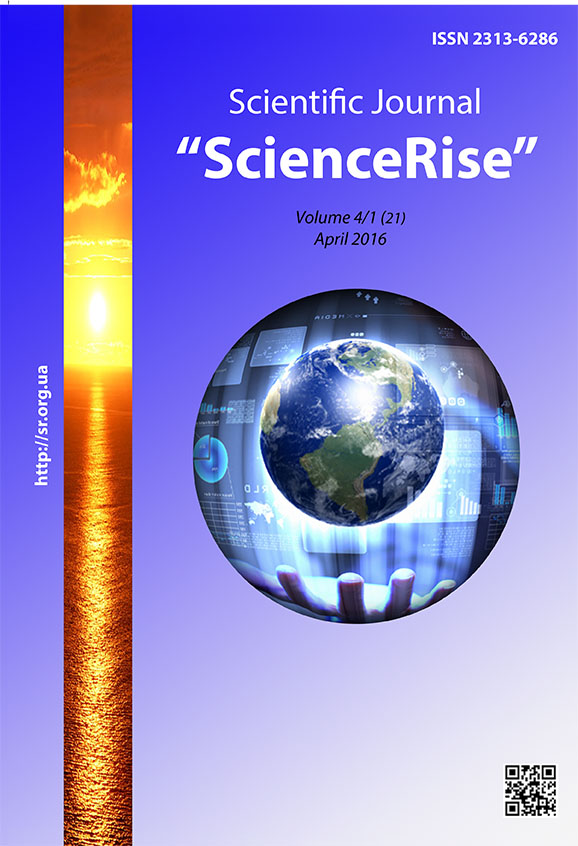Psychological features of displaying attitude in the process of human mental activity
DOI:
https://doi.org/10.15587/2313-8416.2016.67454Keywords:
mental activity, image, creative thinking, activity, teaching guidelines, psychological attitudeAbstract
This article outlines the main approaches to the study of human mental activity and the main features of displaying attitudes during this process. Relationship between attitudes and psychological human readiness to mental activity is revealed based on a systematic analysis of the literature. The conclusion of the feasibility of establishing psychological human readiness to mental activity by updating mechanisms of psychological attitude for this activity
References
Brushlіnskij, O. V. (2006). Izbrannye psihologicheskie trudy. Moscow, 623.
Vigots'kij, L. S. (1999). Myshlenie i rech'. Psihologicheskie issledovanija. Moscow: Labirint, 352.
Gal'perin, P. Ja. (1966). Psihologija myshlenija i uchenie o pojetapnom formirovanii umstvennyh dejstvij. Issledovanie myshlenija i sovetskoj psihologii. Moscow: Nauka, 236.
Leont'єv, A. N. (1970). Psihologicheskij obraz. Voprosy psihologi, 2, 37–38.
Leont'ev, A. N. (1977). Dejatel'nost', soznanie, lichnost'. Moscow: Politizdat, 304.
Lomov, B. F. (1984). Metodologicheskie i teoreticheskie problemy psihologii. Moscow: Nauka, 444.
Rubinshtejn, S. L. (2012). Osnovy obshhej psihologii. Sankt-Peterburg: Piter, 713.
Teplov, B. M. (1947). Psihologicheskie voprosy hudozhestvennogo vospitanija. Izvestija APN RSFSR. Voprosy hudozhestvennogo vospitanija. Moscow: Prosveshhenie, 11, 16–17.
Uznadze, D. N. (1966). Psyhologichni doslidzhennja. Moscow, 149.
Cvirkun, V. M. (2001). Formuvannja svitogljadnyh ustanovok osoby pidlitkovogo viku. Kyiv, 173.
Downloads
Published
Issue
Section
License
Copyright (c) 2016 Інна Вікторівна Каряка

This work is licensed under a Creative Commons Attribution 4.0 International License.
Our journal abides by the Creative Commons CC BY copyright rights and permissions for open access journals.
Authors, who are published in this journal, agree to the following conditions:
1. The authors reserve the right to authorship of the work and pass the first publication right of this work to the journal under the terms of a Creative Commons CC BY, which allows others to freely distribute the published research with the obligatory reference to the authors of the original work and the first publication of the work in this journal.
2. The authors have the right to conclude separate supplement agreements that relate to non-exclusive work distribution in the form in which it has been published by the journal (for example, to upload the work to the online storage of the journal or publish it as part of a monograph), provided that the reference to the first publication of the work in this journal is included.

